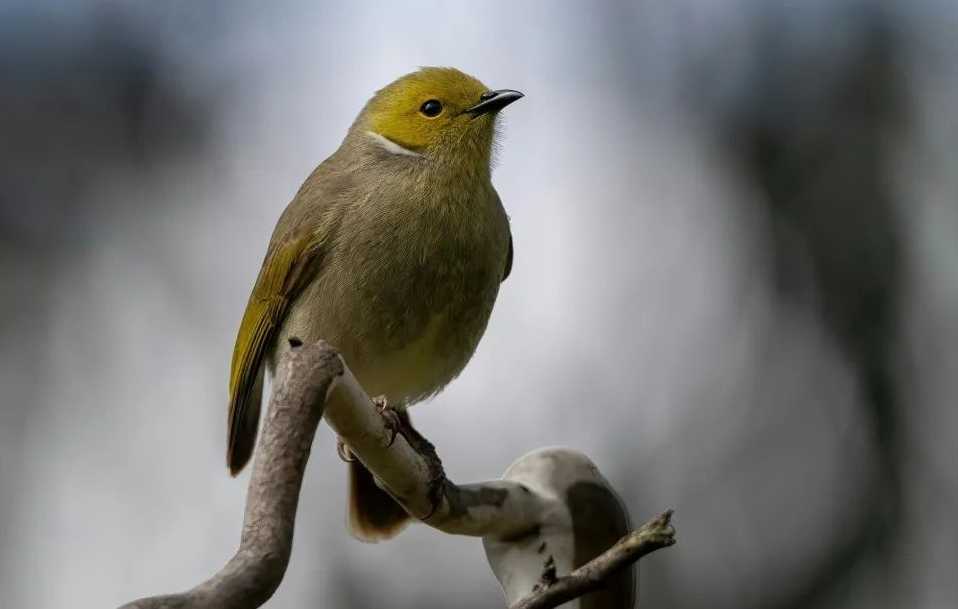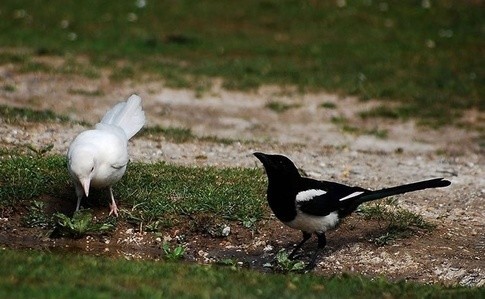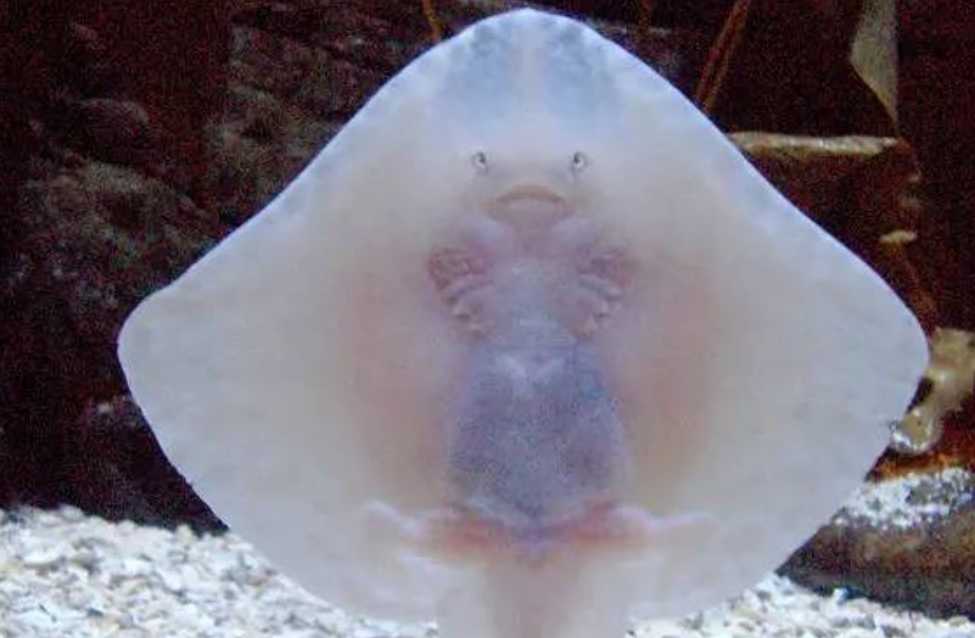The Enchanting White-naped Honeyeater: A Jewel of Australasian ForestsThe White-naped Honeyeater (Melithreptus lunatus), a vibrant and agile bird native to Australasia, charms observers with its striking plumage and vital role in forest ecosystems. Found in the lush woodlands and eucalyptus forests of Australia and New Guinea, this species is a testament to the rich diversity of honeyeater birds, renowned for their specialized nectar-feeding habits.
June 5, 2025, 4:23 pm EDT










